Urban exploration delivers its greatest rewards when experienced on foot, allowing travelers to discover hidden corners, interact with locals, and absorb the authentic character of each destination. With just one versatile, comfortable pair of shoes, these walkable cities reveal their charms without requiring transportation beyond your own two feet. From ancient cobblestones to modern promenades, these destinations welcome pedestrians with thoughtfully designed spaces and condensed cultural offerings.
Here is a list of 18 exceptional cities where a single comfortable pair of shoes provides all you need for an unforgettable urban adventure.
Lisbon

Portugal’s hilly capital rewards pedestrians with miradouros (viewpoints) offering panoramic vistas across the city’s distinctive red rooftops to the Tagus River beyond. Historic trams provide occasional respite from climbing the steeper sections, though many locals proudly navigate the entire city by foot.
Intricate mosaic sidewalks transform ordinary strolls into artistic experiences, with patterns varying by neighborhood and historical period. Evening explorations reveal intimate fado performances in traditional taverns where soulful music accompanies excellent local wines.
Kyoto

Japan’s former imperial capital preserves its heritage through thousands of temples, shrines, and traditional wooden townhouses connected by well-maintained walking paths. The Philosopher’s Path traces a canal lined with cherry trees, connecting several major temples while providing a peaceful separation from urban activity.
Machiya (traditional wooden townhouses) converted into cafés offer perfect resting spots serving matcha tea and seasonal wagashi (traditional sweets). Evening illuminations transform certain temples and gardens into magical landscapes, rewarding those exploring beyond typical daytime hours.
Like Travel Pug’s content? Follow us on MSN.
Florence

Italy’s Renaissance jewel concentrates extraordinary artistic and architectural treasures within a compact historical center easily traversed on foot. Crossing the Arno River via the medieval Ponte Vecchio creates natural transitions between distinct neighborhoods, each with its character and hidden gems.
Family-run trattorias serve authentic Tuscan cuisine in atmospheric settings, providing perfect refueling stops between museums and historical sites. Evening passeggiata (traditional strolling) along car-free streets creates natural opportunities for people-watching and gelato sampling.
Dubrovnik

Croatia’s walled city rises dramatically from the Adriatic Sea, with pedestrian-only marble streets polished by centuries of footsteps within the perfectly preserved medieval fortifications. The wall circuit provides elevated perspectives over distinctive terracotta rooftops and azure waters, creating natural orientation points for further exploration.
Narrow side streets hide family-run konobas serving fresh seafood and local wines away from more crowded main thoroughfares. Evening brings magical lighting to ancient stone buildings while reducing daytime crowds, offering perfect conditions for contemplative walks.
Amsterdam

The Netherlands’ capital evolved specifically for pedestrian and bicycle traffic, with concentric canals creating intuitive navigation paths through distinctive neighborhoods. Houseboat communities line waterways where swans glide past centuries-old merchant houses, creating constantly changing vistas despite the city’s relatively small footprint.
Brown cafés (traditional Dutch pubs) offer cozy respite along with local beers and simple meals perfect for refueling between explorations. Evening walks reveal illuminated bridges and the surprising quiet of residential canals just steps from busier areas.
Like Travel Pug’s content? Follow us on MSN.
Quebec City
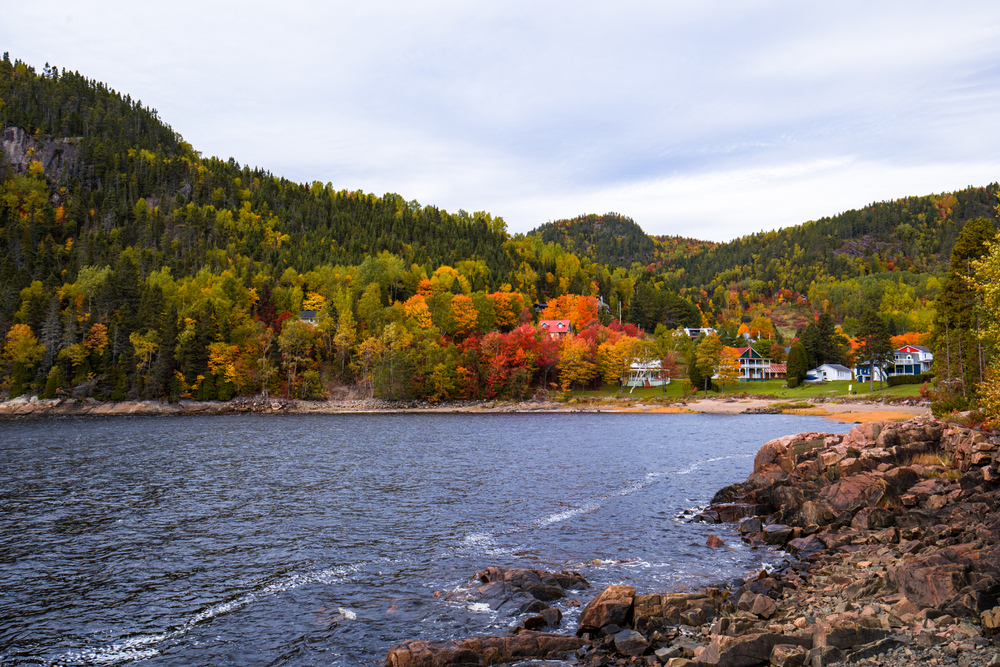
Canada’s walled treasure preserves French heritage through cobblestone streets and distinctive architecture dating to the 17th century. The upper and lower towns connected by staircases and the funicular create natural exploration zones with distinctive characters and perspectives.
Cozy bistros serve authentic Québécois cuisine featuring local ingredients prepared with French techniques, perfect for warming up during cooler months. Winter transforms the city into a magical landscape where snow-covered ramparts and festive decorations create unforgettable scenes.
Chefchaouen

Morocco’s blue city, nestled in the Rif Mountains, presents a dreamlike landscape where buildings washed in varying shades of blue create a uniquely photogenic environment. Narrow climbing streets reveal artisan workshops, small squares with fountain centerpieces, and unexpected vistas around each corner.
Rooftop cafés offer perfect resting spots serving mint tea with panoramic views across the distinctive blue cityscape to surrounding mountains. The compact medina eliminates vehicle traffic, creating a pedestrian paradise of sensory experiences from spice markets to traditional crafts.
Bath
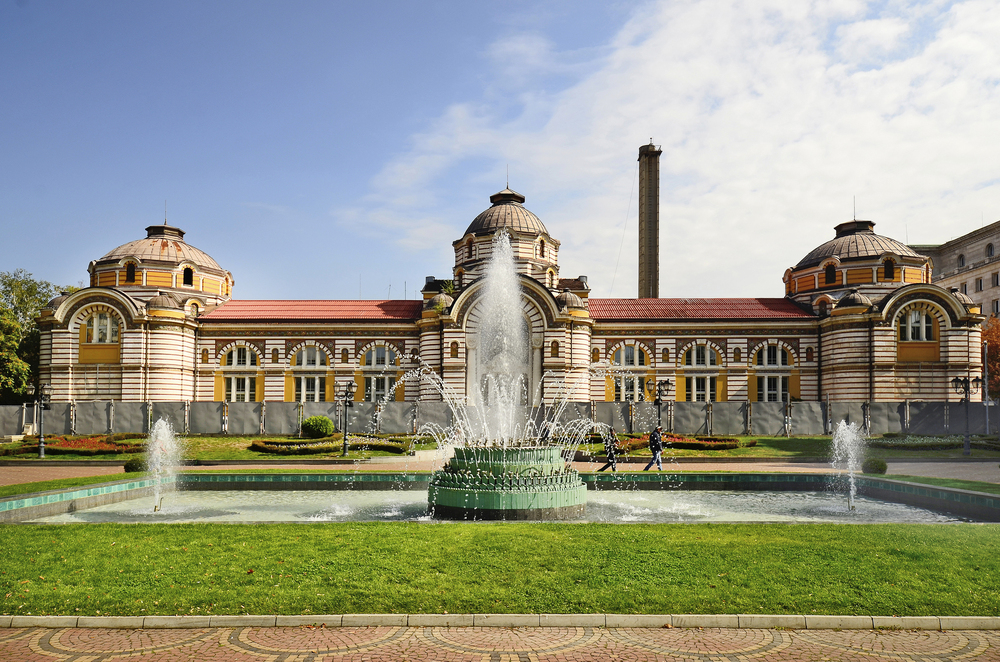
England’s elegant Georgian city showcases perfectly preserved 18th-century architecture built from distinctive honey-colored local stone around the ancient Roman baths that gave the city its name. The Royal Crescent and Circus demonstrate mathematical precision in urban planning, with perfectly proportioned facades unaltered for centuries.
Traditional tea rooms offer classic British afternoon tea, providing perfect midday breaks between exploring architectural and historical highlights. Surrounding hills accessible by walking paths provide spectacular viewpoints across the harmonious cityscape and surrounding countryside.
Like Travel Pug’s content? Follow us on MSN.
Antigua

Guatemala’s former capital preserves Spanish colonial architecture against a backdrop of volcanic peaks, with color-washed buildings lining cobblestone streets. Ruins of churches damaged by historical earthquakes create atmospheric points of interest throughout the walkable grid, with some partially restored for cultural events.
Local markets showcase traditional textiles and crafts, with vendors often wearing the distinctive weavings specific to their home villages. The compact historic center contains dozens of significant sites within easy walking distance, eliminating any need for transportation beyond comfortable shoes.
Bruges

Belgium’s medieval treasure presents perfectly preserved Gothic architecture surrounding tranquil canals, with pedestrian zones ensuring peaceful exploration. Traditional lace shops operate alongside chocolatiers and breweries, showcasing Belgian craftsmanship in its most delicious forms.
Evening illumination transforms the historic center into a fairytale landscape, with floodlit belfries and market squares creating magical atmospheres. The compact nature of the historic center means most attractions lie within a 20-minute walk of each other, making it ideal for exploration entirely on foot.
Boston
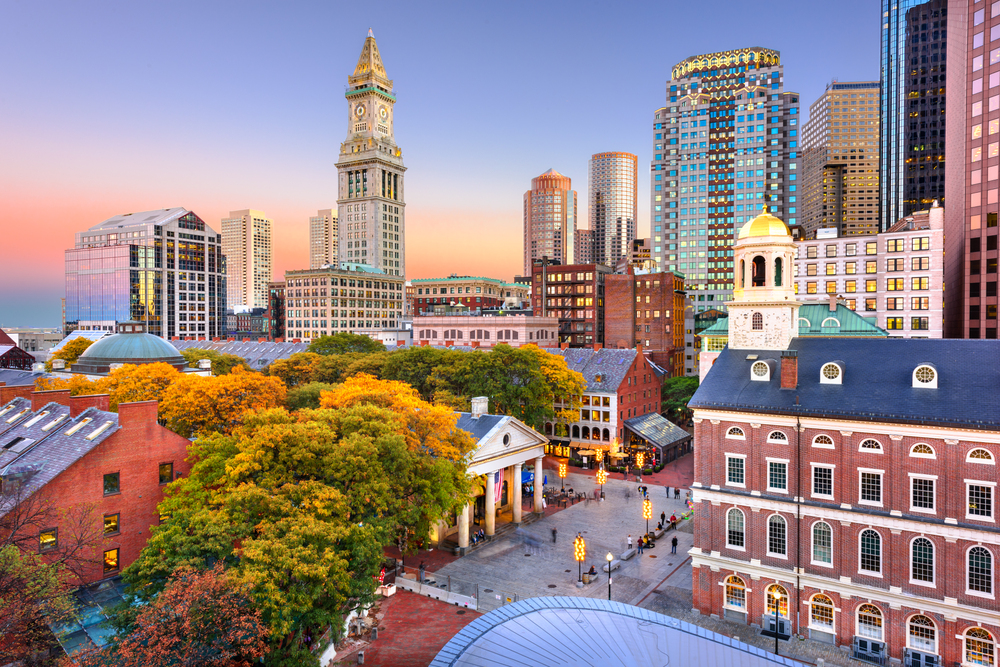
America’s walking city features the Freedom Trail—a 2.5-mile red brick path connecting 16 historically significant sites from the Revolutionary era. Distinct neighborhoods, from the North End’s Italian character to Back Bay’s elegant brownstones, offer architectural and cultural variety within walking distance of each other.
Public parks provide green respite between urban explorations, with Boston Common and the Public Garden offering seasonal attractions from winter ice skating to spring tulip displays. The comprehensive public transportation system provides occasional respite for tired feet without compromising the predominantly pedestrian experience.
Like Travel Pug’s content? Follow us on MSN.
San Sebastián

Spain’s culinary capital spreads around a perfect crescent bay, with a compact old town housing hundreds of pintxo bars serving the region’s famous gourmet small plates. The coastal promenade connects three distinct beaches with the historic center, creating natural walking routes with spectacular views.
Evening txikiteo (pintxo crawl) transforms dining into a progressive walking experience, with each establishment specializing in particular signature items. The compact nature of the city center means you’re never more than a 30-minute walk from any attraction.
Singapore

The garden city designs vertical and horizontal green spaces into its urban environment, creating refreshing pedestrian experiences despite the tropical heat. Underground concourses connect many central areas, providing air-conditioned respite during the hottest hours while maintaining walking connectivity.
Hawker centers offer extraordinary culinary diversity at affordable prices, providing perfect refueling stops between exploring distinct cultural districts. Evening light shows transform the Marina Bay area into a spectacular display visible from multiple pedestrian vantage points.
Porto
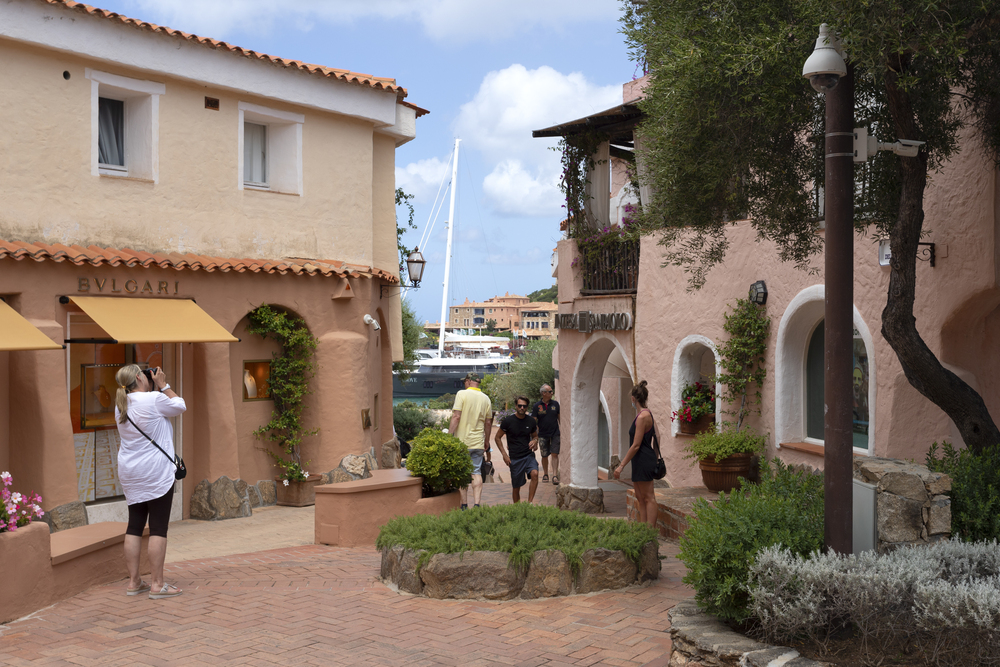
Portugal’s northern gem cascades down steep hills to the Douro River, with pedestrian bridges connecting the historic center to Vila Nova de Gaia, where port wine cellars offer tastings and tours. Azulejo tile facades transform ordinary streets into artistic experiences, with some telling historical narratives through elaborate blue and white scenes.
Traditional tascas serve hearty northern Portuguese cuisine alongside local wines, providing perfect refueling stops between climbs to scenic viewpoints. The compact historic center contains extraordinary architectural diversity within walking distance, from medieval alleys to Belle Époque cafés.
Like Travel Pug’s content? Follow us on MSN.
Tallinn
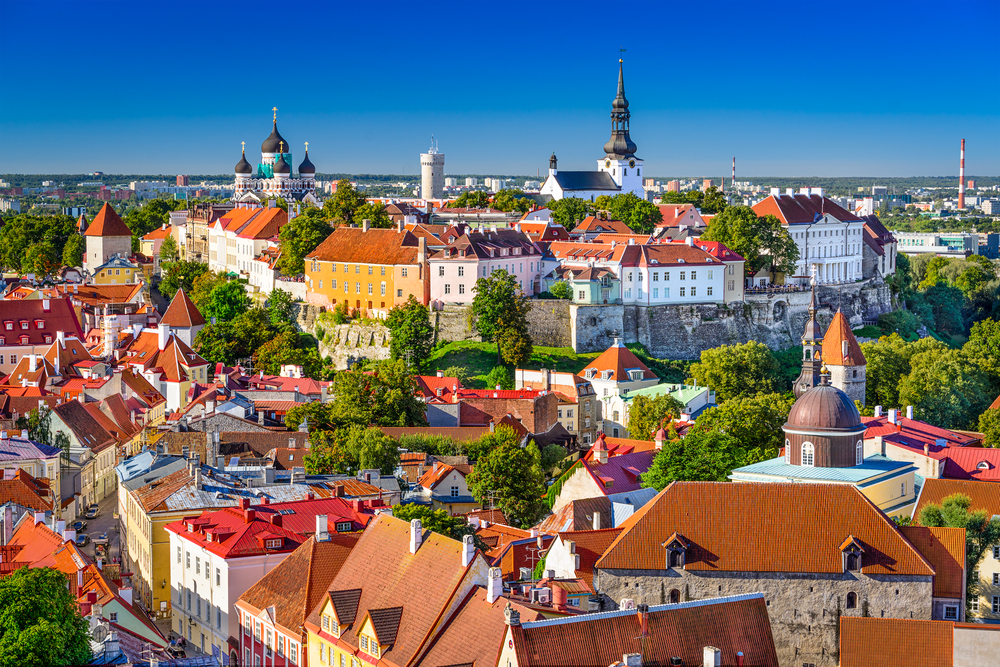
Estonia’s medieval walled city preserves one of Europe’s most complete historical centers, with distinctive towers and spires creating a fairytale skyline. The upper and lower towns connected by short, steep streets offer different perspectives and historical narratives within the same compact area.
Traditional Estonian restaurants serve hearty northern European cuisine, perfect for refueling after exploring cobblestone streets and climbing defensive towers. Winter transforms the city with snow-covered spires and festive markets, while summer brings long daylight hours perfect for extended evening explorations.
Copenhagen

Denmark’s capital embraces pedestrian culture through extensive car-free zones and harbor swimming areas integrated into the urban environment. The colorfully painted houses of Nyhavn create one of Europe’s most recognizable waterfronts, while design shops and galleries showcase Danish creativity throughout walkable neighborhoods.
Open-faced sandwiches and pastries from local bakeries provide perfect portable meals for explorations through diverse districts, from historic centers to cutting-edge architecture. The city’s commitment to pedestrian-friendly design includes numerous parks, waterfront promenades, and residential areas where walking becomes the natural choice.
Salzburg

Austria’s baroque jewel nestles between a river and dramatic cliffs topped by an imposing fortress, creating distinctive natural boundaries for the historic center. Mozart’s birthplace attracts music lovers, while Sound of Music filming locations draw film enthusiasts—all within easy walking distance through the compact old town.
Traditional coffee houses serve classic Austrian pastries and hot chocolate, providing perfect breaks between architectural explorations. Evening concerts in historic venues create magical experiences without requiring transportation beyond a short walk from central accommodations.
Like Travel Pug’s content? Follow us on MSN.
Luang Prabang

Laos’ former royal capital nestles at the confluence of two rivers, with golden-roofed temples punctuating a peninsula filled with French colonial architecture and traditional wooden houses. The morning alms ceremony with orange-robed monks creates a moving experience for early risers, while evening markets showcase traditional crafts and cuisine.
Cafés housed in colonial buildings offer perfect resting spots serving excellent local coffee grown in the surrounding mountains. The compact nature of the UNESCO-protected center means most attractions lie within a 15-minute walk of each other.
Pedestrian Paradise

The joy of urban exploration reaches its height when experienced directly through the soles of your shoes, creating connections with cities impossible by vehicles or guided tours. These eighteen destinations demonstrate that the world’s most rewarding urban experiences often come from the simplest approach—comfortable shoes, an open mind, and the freedom to wander without complex planning.
Whether navigating ancient cobblestones or modern promenades, these walkable cities reveal their authentic character to those willing to explore one step at a time, proving that sometimes the most memorable journeys require the least preparation.
More from Travel Pug

- Cities Growing so Fast You Won’t Recognize Them in 10 Years
- 13 Destinations Where Tourists Regularly Regret Their Trip
- 20 Obscure WWII Sites Even History Buffs Don’t Know About
- 10 Under-the-Radar Mountain Towns That Are Both Affordable and Beautiful
- Remote Villages in Europe Where You Can Live for Free in Exchange for Work
Like Travel Pug’s content? Follow us on MSN.
